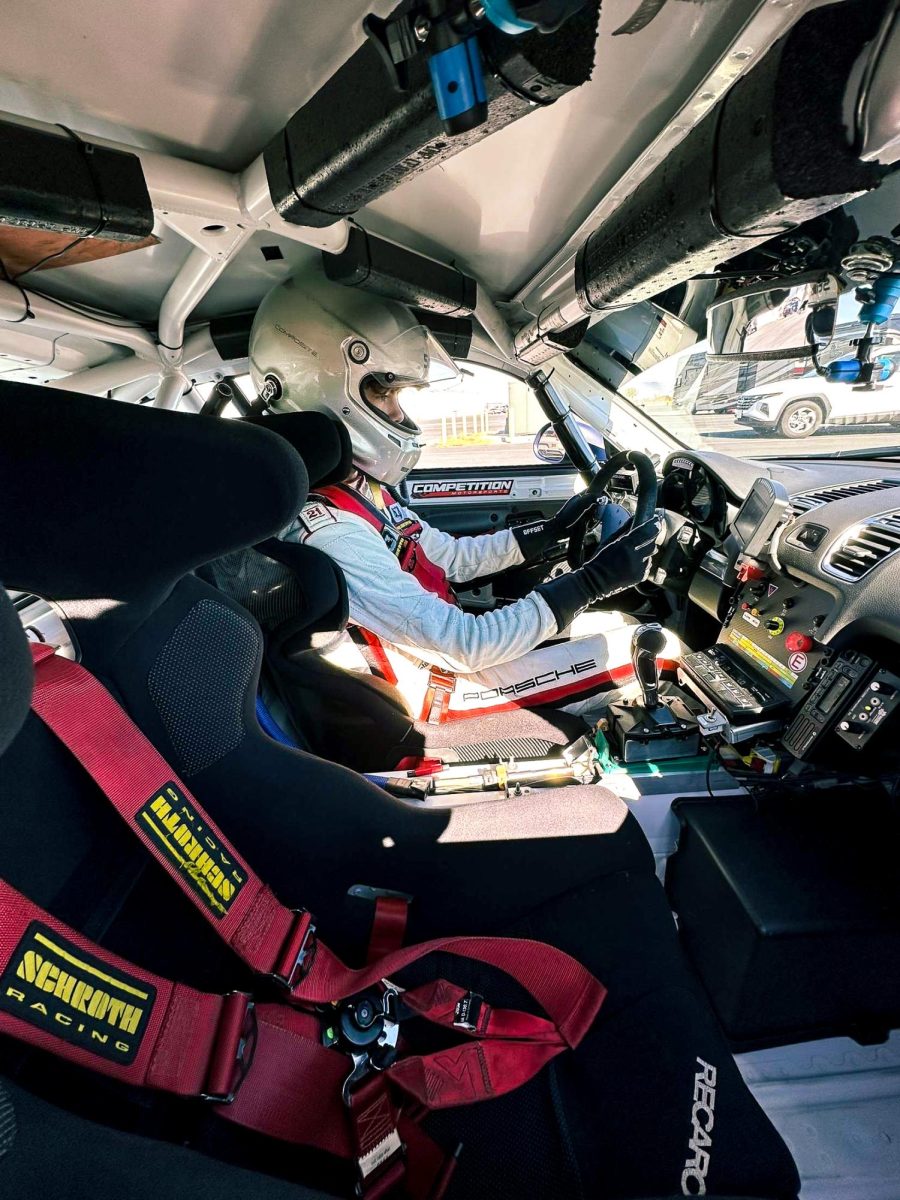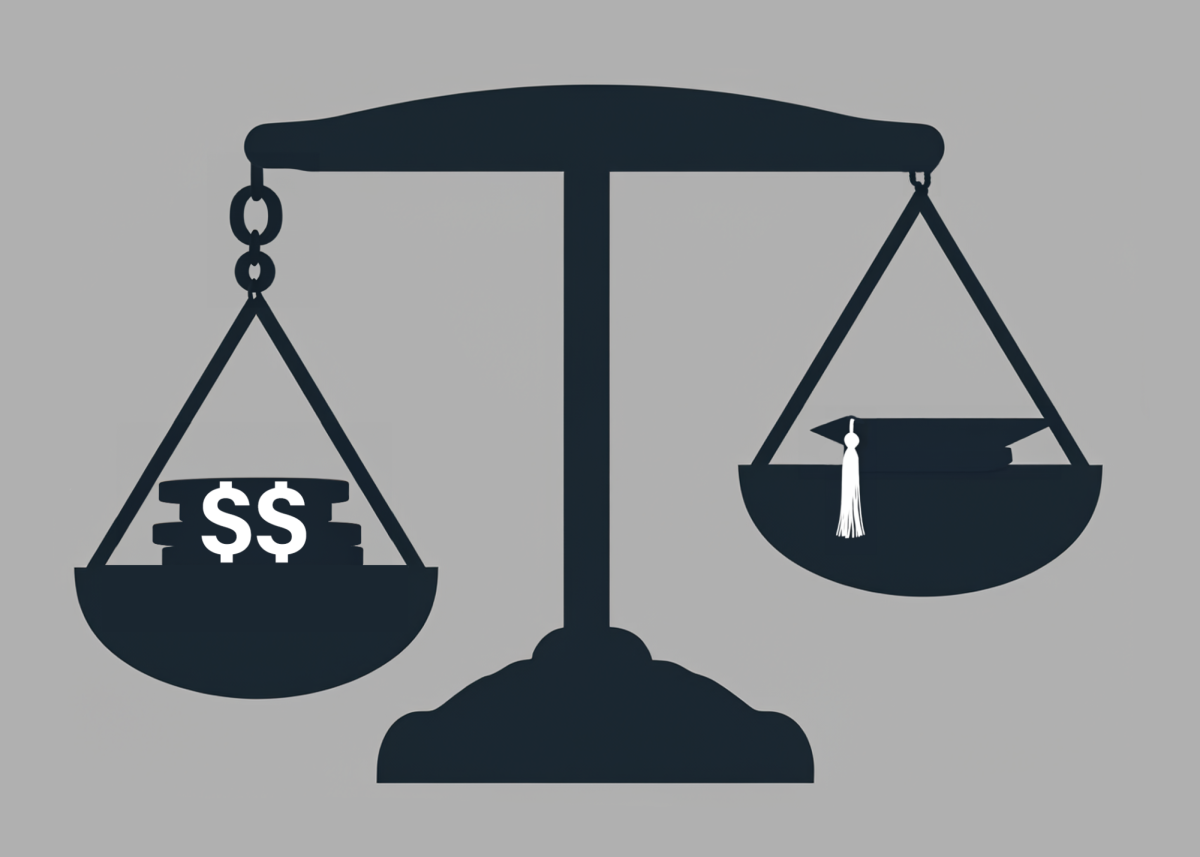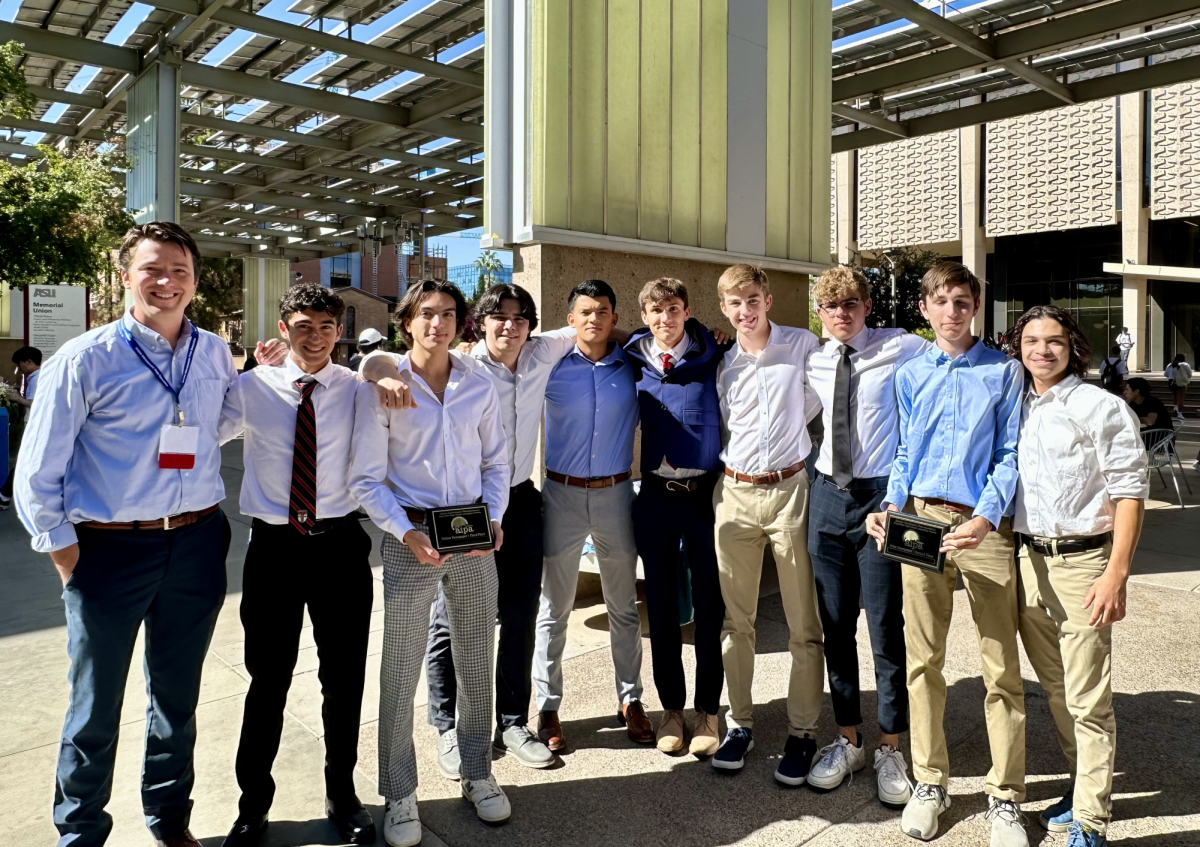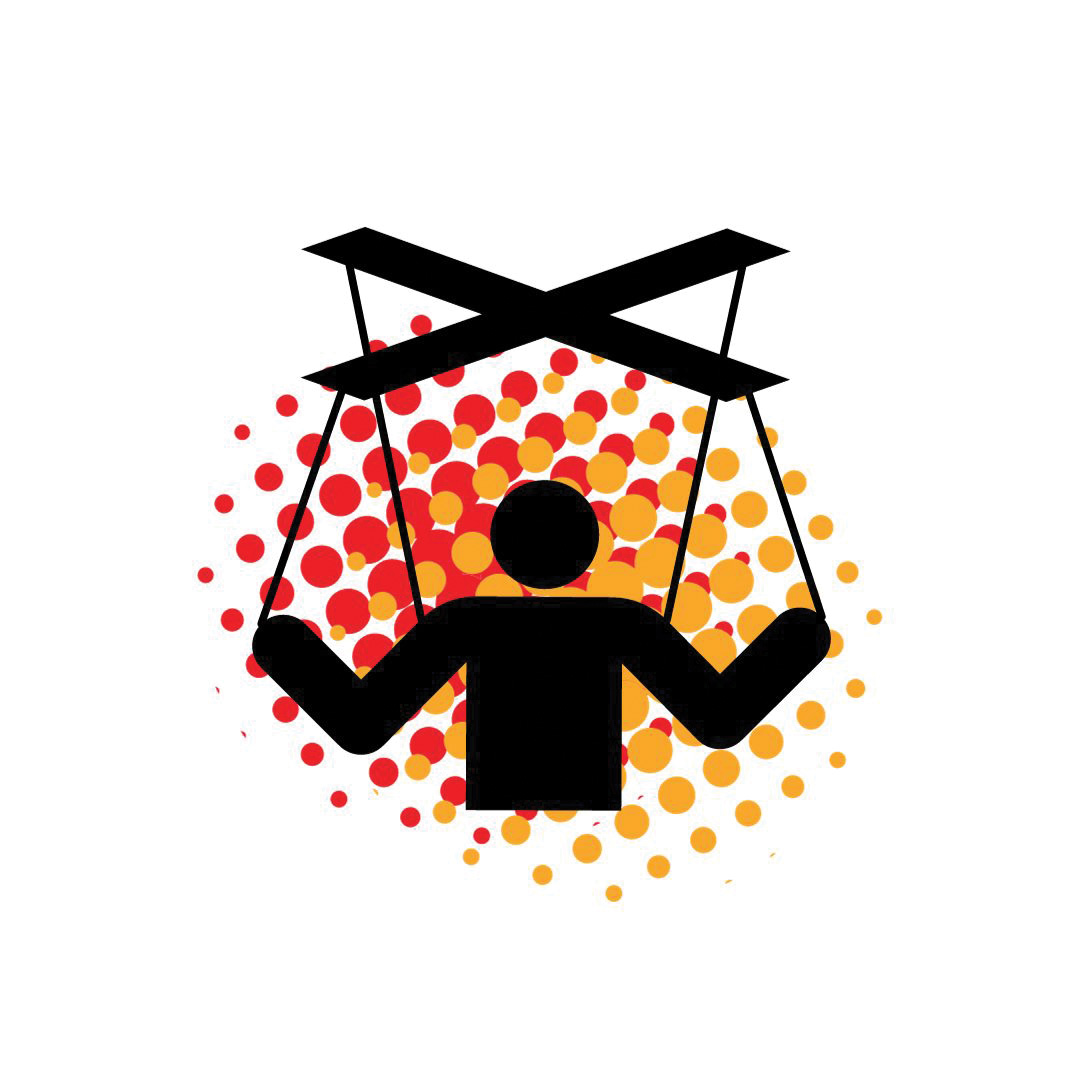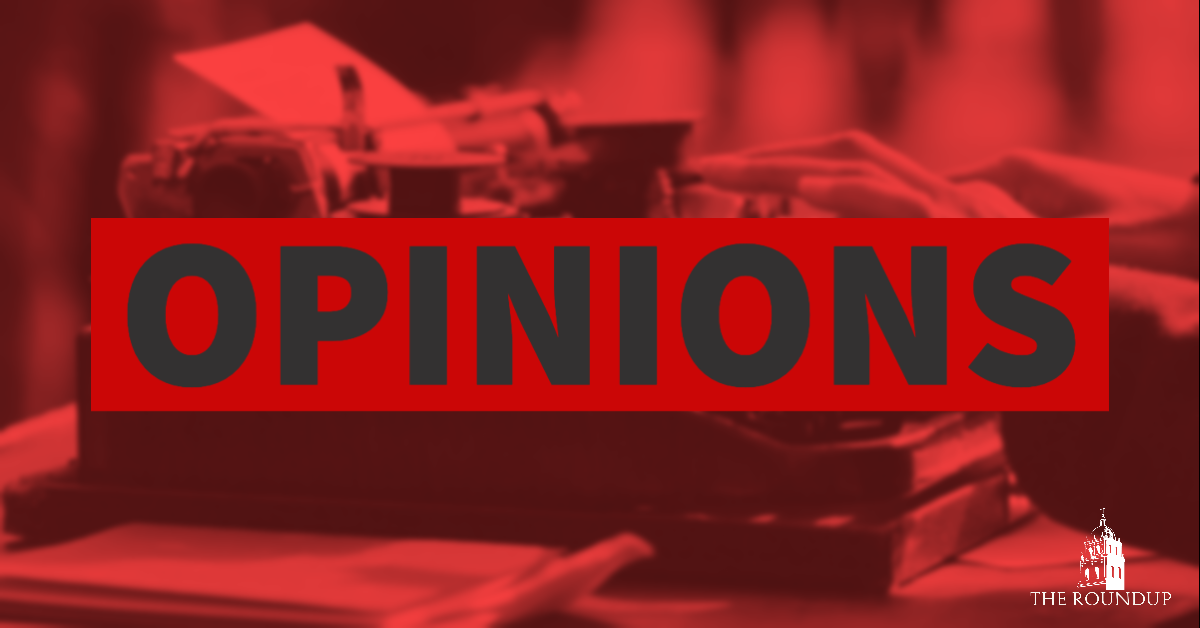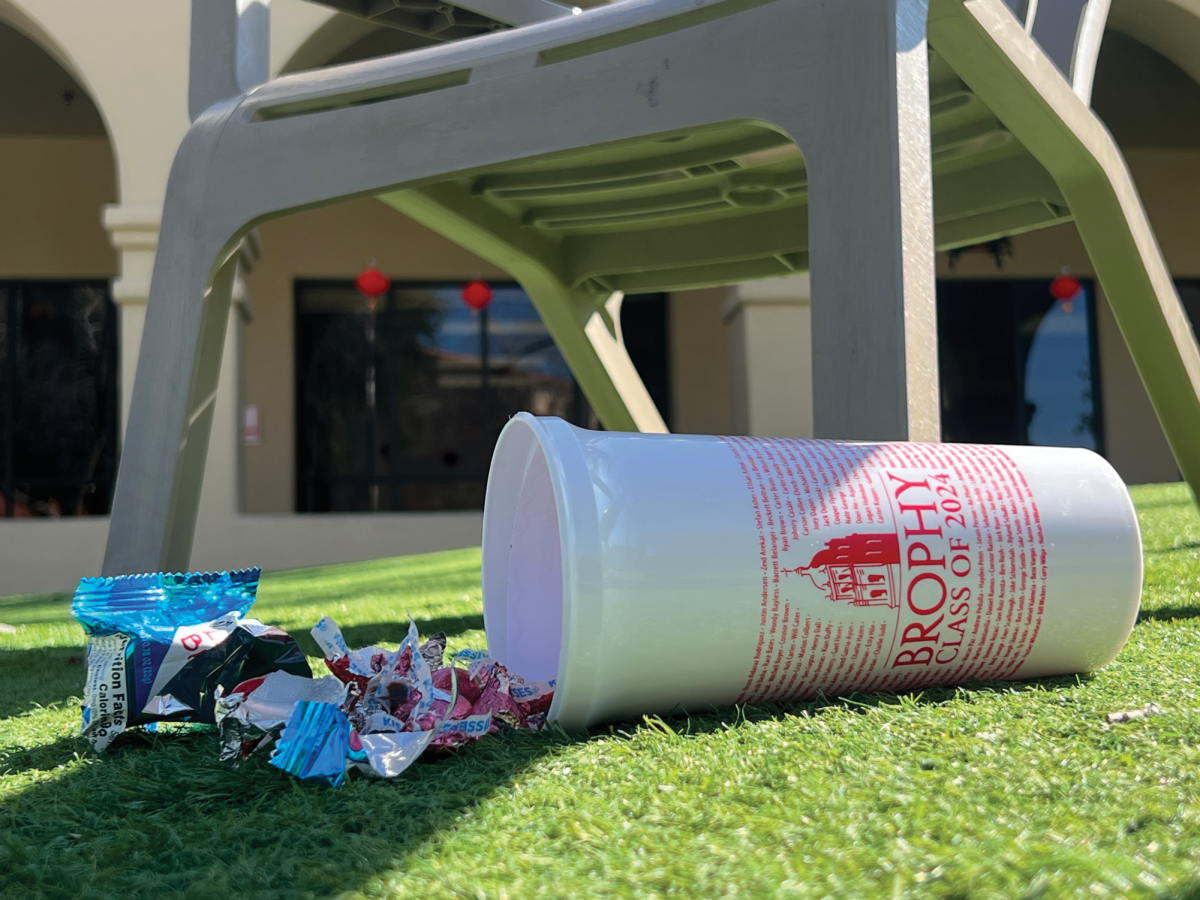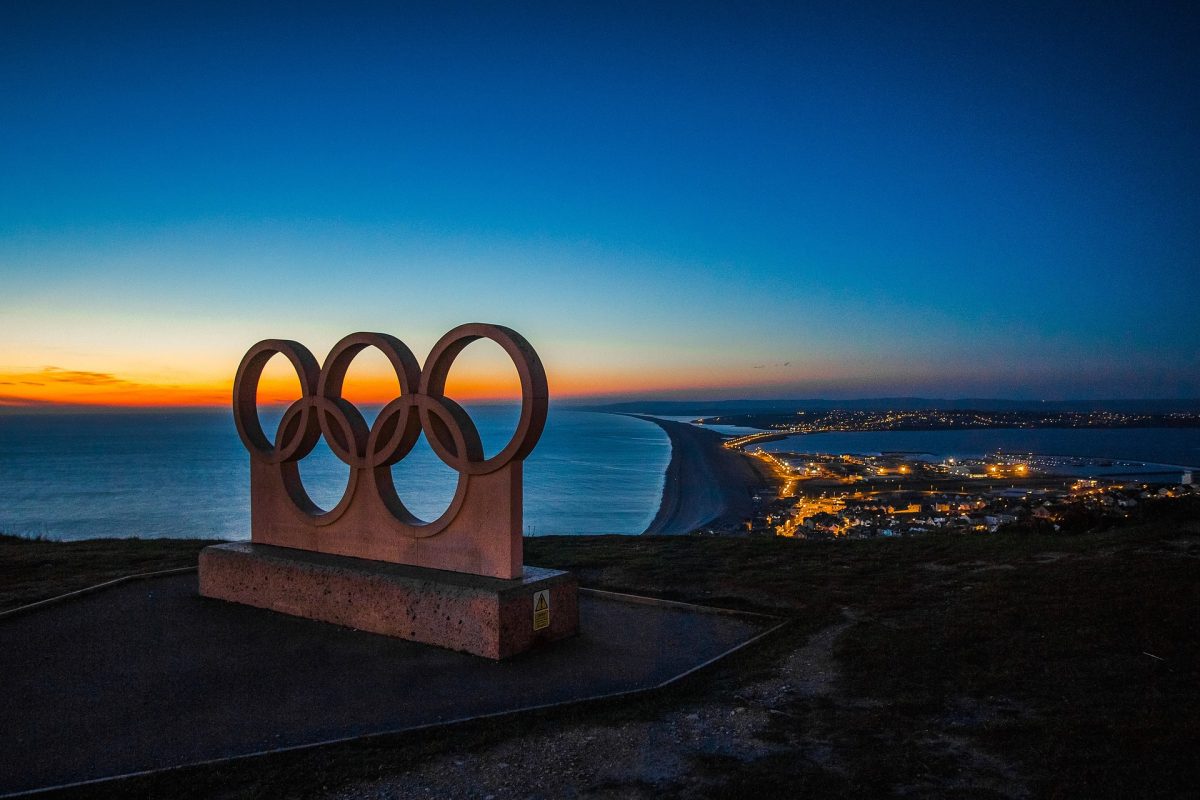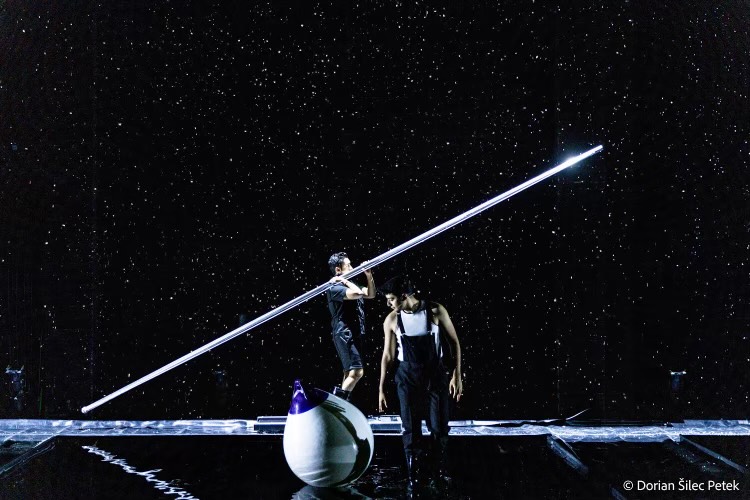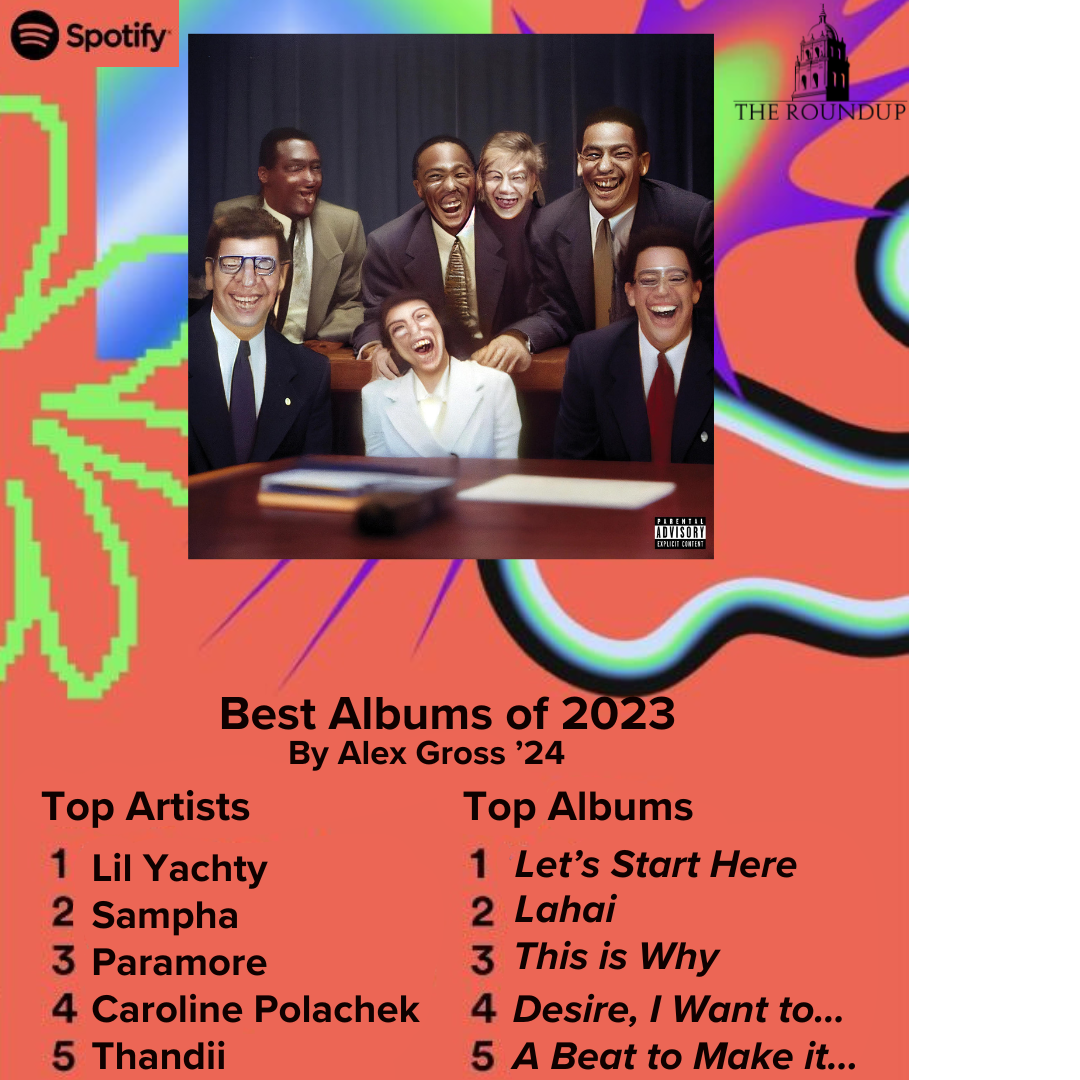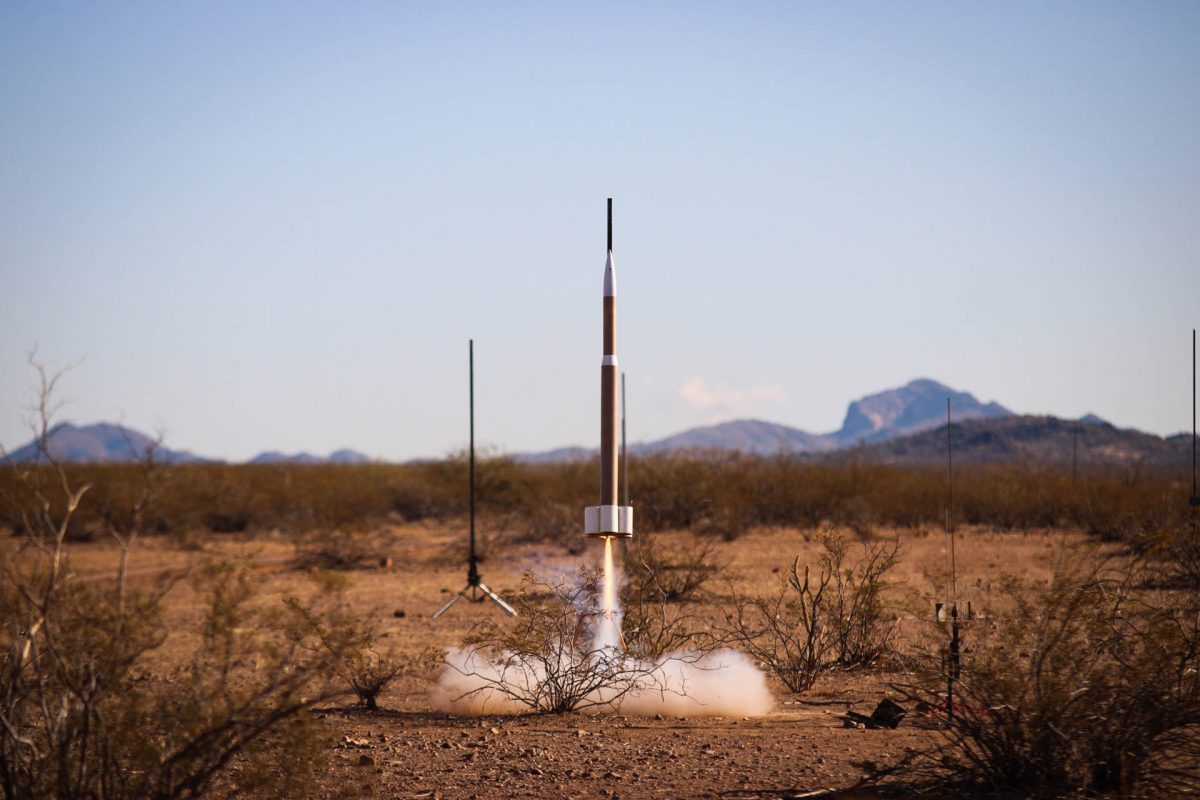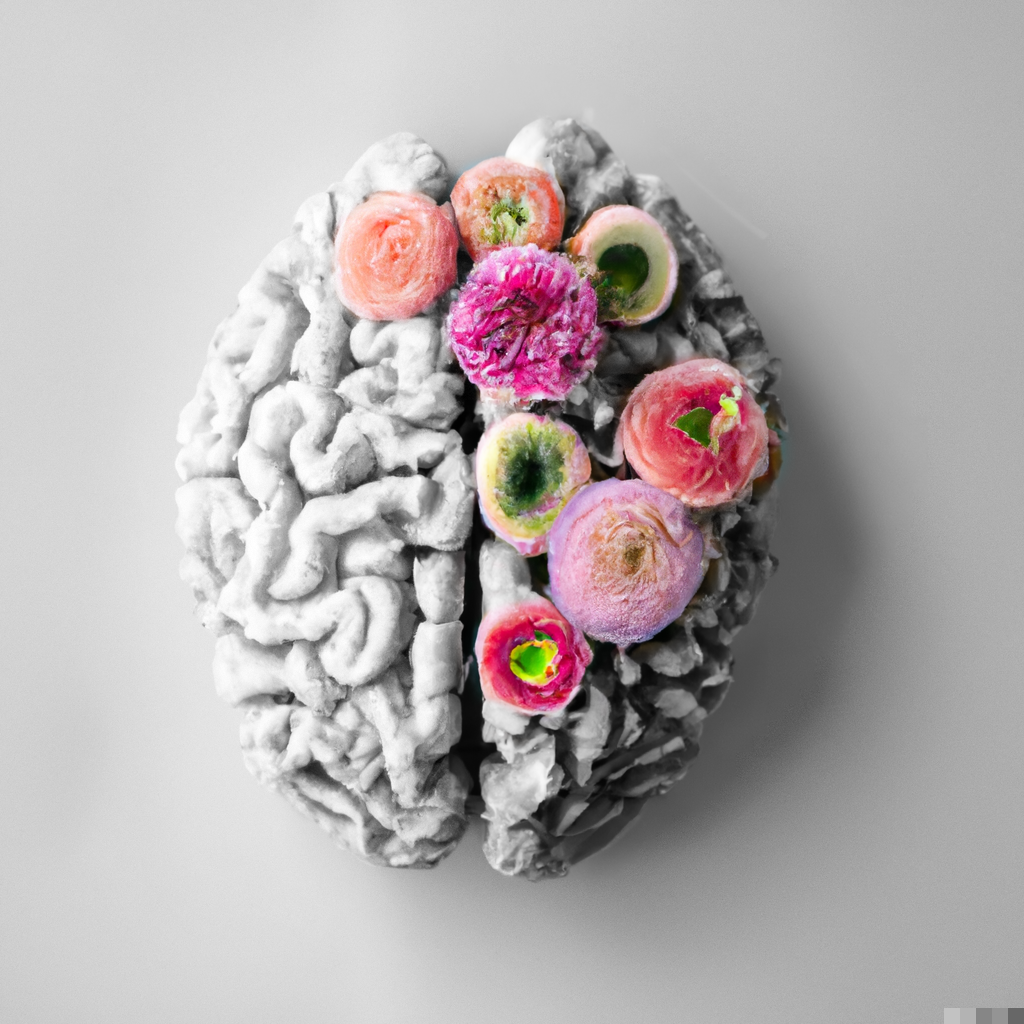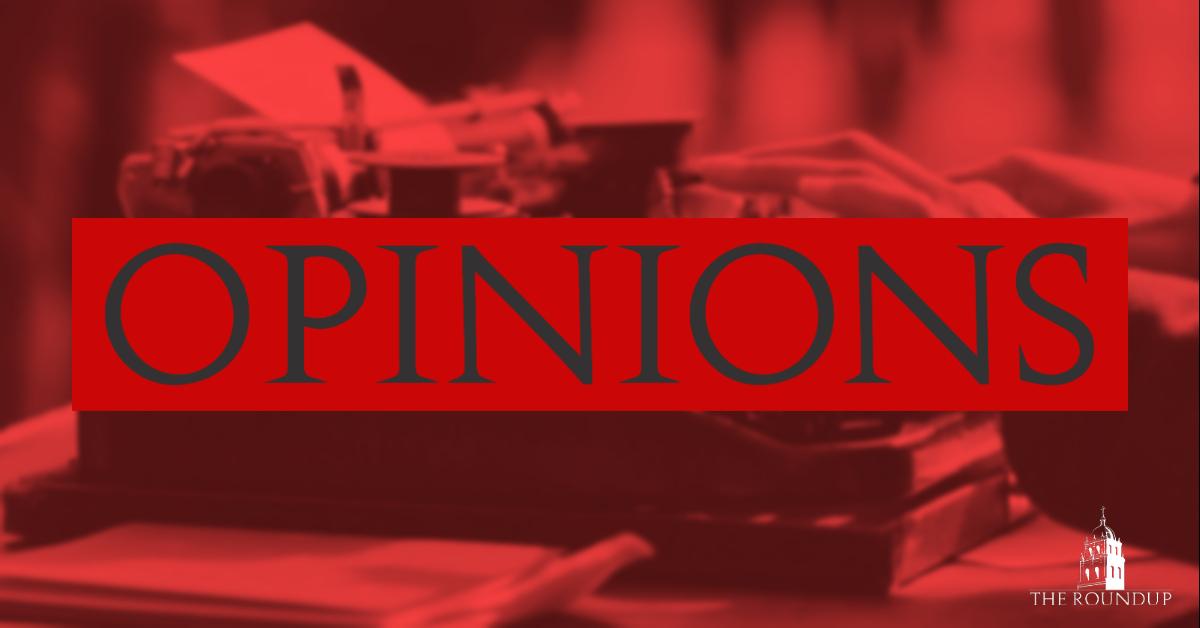By Eric Villanueva ’11
THE ROUNDUP

As Americans watched from their TV and computer screens Tuesday night, President Barack Obama in his State of the Union Address reminded Americans about the importance of innovations as a source of wealth for the country.
Though jobs was the focus in the address, President Obama spent several minutes connecting innovations, energy policy and infrastructure to economic recovery and job growth.
“All these investments — in innovation, education, and infrastructure — will make America a better place to do business and create jobs,” the president said.
Innovations need to ‘take root here’
Describing the United States as the home of inventors like Edison, the Wright Brothers, Facebook and Google, the president stressed how the growth of inventions is a better measurement of a healing economy as innovation leads to retail and manufacturing.
“At stake is whether new jobs and industries take root in this country, or somewhere else,” the president said.
The fear is that outsourcing manufacturing jobs also outsources ideas. Dow Chemical Company CEO Andrew Liveris explains on NPR’s Morning Edition:
Well, if you outsource electronics to countries that have initially cheap labor, then obviously they’ll start making those devices, but then on top of that they’ll learn how to make the next one—better. And then they’ll build the universities around that industry that actually generate the human capital. Then ultimately what happens is the companies who’ve maybe initially outsourced start to build facilities there and they start to build R&D (research and development) centers alongside, and ultimately you’ll outsource the creativity.
Obama recognized two rising, competitive countries, India and China, which is now home to the fastest computer in the world and the largest solar plant.
But the president said he believed these developments should inspire more than dispirit.
“This shouldn’t discourage us, but should challenge us,” he said.
“The future is ours to win, but to get there we can’t stand still,” he said, paraphrasing President John F. Kennedy
The first step is to encourage innovation.
“What America does better than any other country is to spark innovation in its citizens,” the president said.
He recalled that after the Soviets put the first satellite, Sputnik, in space, American scientists and inventors rallied with the limited technology of the time to send a man to the moon. Today, we face the same contest with China and other innovative countries.
“This is our generation’s Sputnik moment,” Obama said.
To make this generation’s “Apollo program,” he promised the government would incentivize scientists and inventors to innovate.
“If they assemble a team with the best minds to answer the hardest questions, we’ll fund their Apollo Program,” he said.
Energy policy: switch ‘yesterday’s energy’ for ‘tomorrow’s’
With China now producing more than half of the world’s solar panels and recently topping the United States as the largest builder and installer of wind turbines, the United States needs to innovate in alternative energies to become more competitive in the clean energy market.
Some small business owners have already begun to innovate, like the owner of a Michigan roofing company who now produces solar shingles for houses.
The president criticized members of Congress who wanted to continue federally funding oil companies, arguing that clean energy is the future.
“Instead of subsidizing yesterday’s energy, let’s invest in tomorrow’s,” the president said.
The president named wind, solar, biofuel and natural gas as all forms of clean energy that will collectively power the United States in the future.
The president also set goals for the United States to become the first country to have 1 million electric vehicles on the road by 2015 and to power 80 percent of the country with clean energy sources by 2035.
Infrastructure and Education
Before the United States begins establishing a new power grid based on clean energy sources, it needs to improve its infrastructure–roads, railroads and internet connectivity–that was graded a “D” by U.S. engineers.
According to the president, the United States trails behind countries like South Korea in roadways and Internet connectivity.
The president said he hopes to extend Internet connectivity to 98 percent of Americans and to give 80 percent of Americans access to high-speed rail within 25 years.
With U.S. teenagers trailing their international counterparts in science and math, the president plans to make 100,000 new science and math teachers.
He encouraged his young audience to take the solution into their own hands.
“In fact, to every young person listening tonight who’s contemplating their career choice: If you want to make a difference in the life of our nation; if you want to make a difference in the life of a child — become a teacher,” the president said. “ Your country needs you.”

